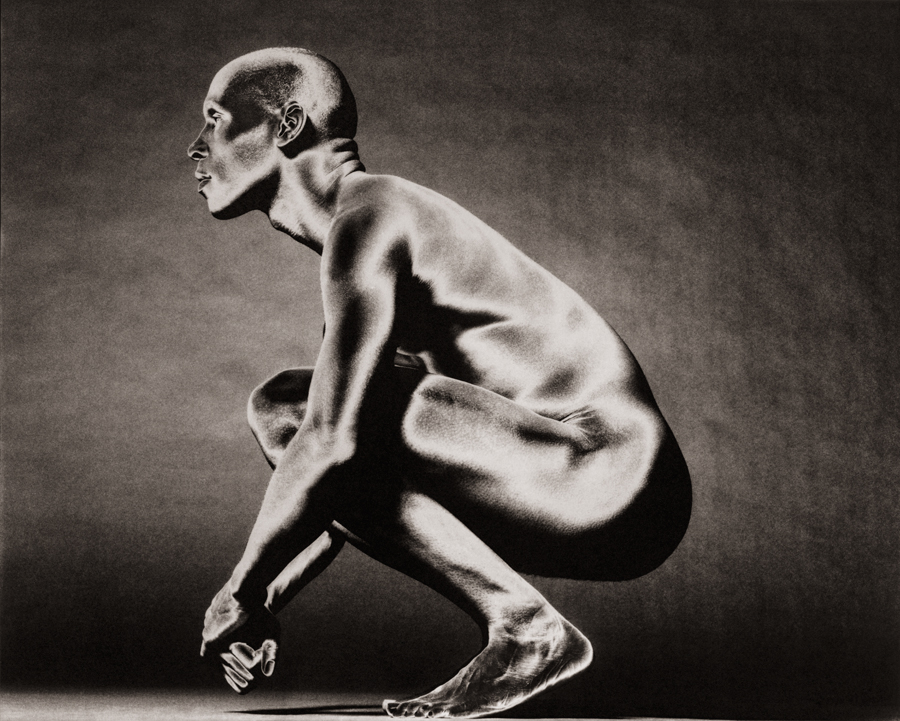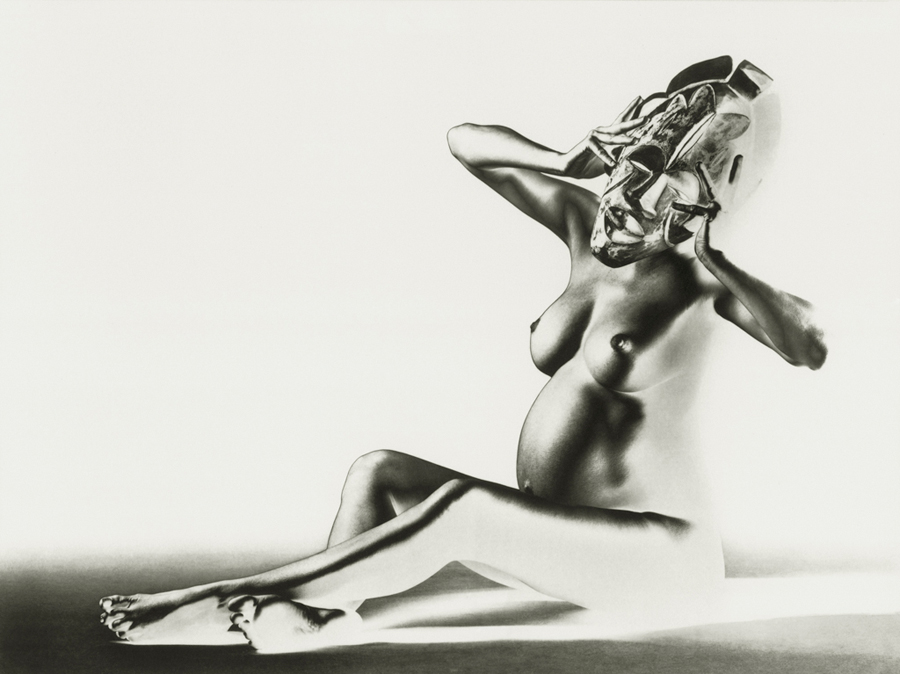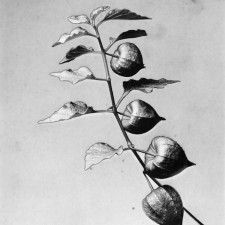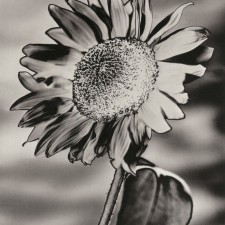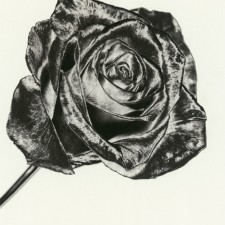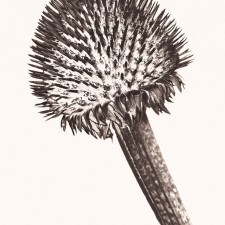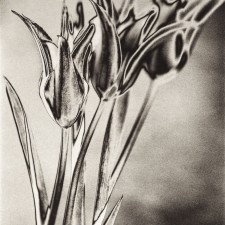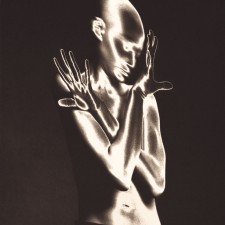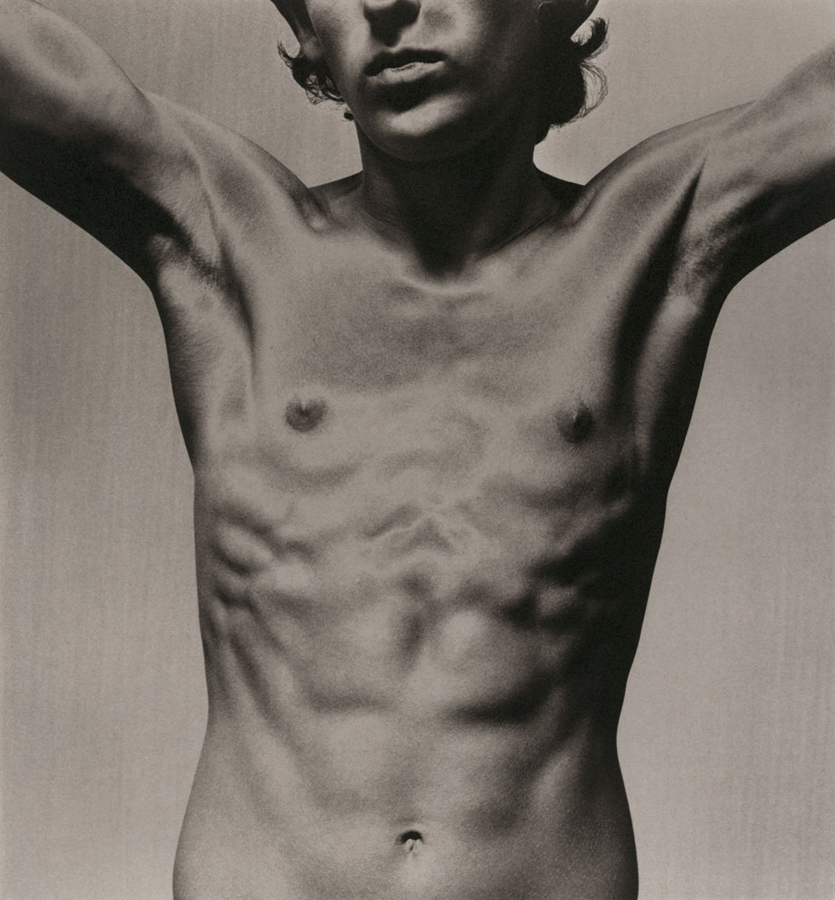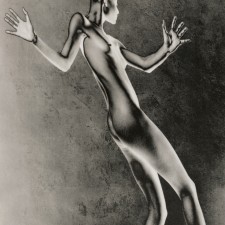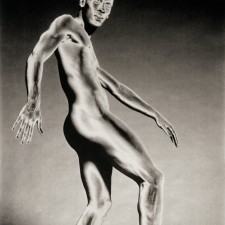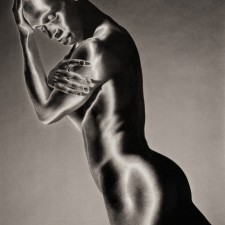Dazeley is an award winning fine art and advertising photographer, born and bred in London.Beingdyslexic Dazeley left school at 15 without any formal qualifications. ‘Dyslexia should be seen as a positive asset for a photographer, it gives me the ability to look at problems and objectives from a different point of view,’ says Dazeley.
His fine art work is an on-going journey of discovery, experimenting with different processes, lenses and techniques, looking for and photographing people and things that he finds visually stimulating. A lot of his work starts with a clean piece of paper, putting the ingredients together, be it an object or a collaborative model, and seeing what magic occurs.
Dazeley’s philosophy is about taking photography back to its origins, seen in his use of platinum printing in much of his fine art work, and rebelling against the modern trend of deskilled photography that seems to be so popular nowadays. “Making the ordinary look extraordinary is Dazeley’s gift”, says Sarah Ryder Richardson, who represents Dazeley in the United Kingdom. The monochrome work is all produced in close collaboration with a team of specialist printers, father and son Paul and Max Caffell, and Dominic Burd of 31 Studio, Gloucester, England.
His hand produced platinum prints are made using the original Platinotype method devised by William Willis in 1876. The starting point is a precious and noble metal, platinum, which is used in this art of chemical alchemy. Platinum prints have a far larger tonal range than can be achieved by modern black and white print processes, giving a distinctively rich, luminous quality with great shadow detail and warmth. They are of archive quality and will last many lifetimes.
31 Studios use Aquarel Aches paper, a French hand made water colour artist’s paper, which is hand coated with a platinum emulsion from Santa Fe, using a brush made from goat’s hair. The prints are made from full size negatives and exposed by ultraviolet light.
One of the most exciting things Dazeley has been experimenting with is solarisation or to use the technical term “Sabatier effect”, named after Armand Sabatier, it is discussed as early as 1857 by Mr. William Jackson in a letter to the editor of the Journal of the Photographic Society of London. During the C19th& C20 many artists and photographers quietly enjoyed this method of expression, amongst them Edgar Degas, the renowned painter and sculptor and the legendary photographer Irving Penn.
ln the 1930’s the process of solarisation was accidently rediscovered when Lee Miller, the brilliant model, photographer and muse of Man Ray, mistakenly turned the darkroom light on while she was processing his film, leading to solarisation becoming very popular again.
‘I absolutely love the unpredictability and variations achieved by the solarisationprocess, using modern computer technology with traditional techniques, resulting in truly unique photographic prints.’ Says Dazeley. Thus Dazeley continues the creative tradition from the C19th of artistic experimentation and expression in photography. This year Dazeley was awarded a Fellowship from The Royal Photographic Society; a fellowship is the highest distinction of the RPS and recognises original work and outstanding ability. [Official Website]
In his 50th year Dazeley, never without a camera, is constantly active promoting his passion for the photographic image to inspire and excite a new younger audience.Dazeley can look back with great satisfaction on what he has achieved both professionally, and personally as a mentor and role model to younger photographers.



